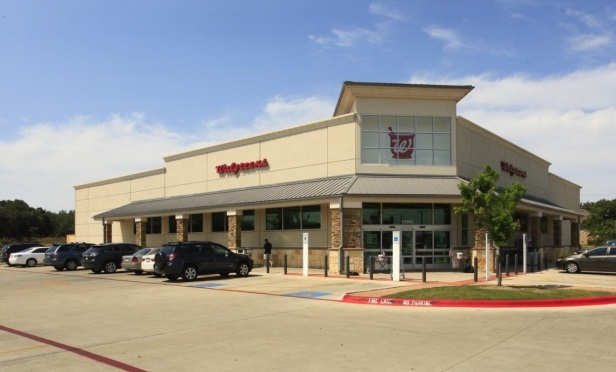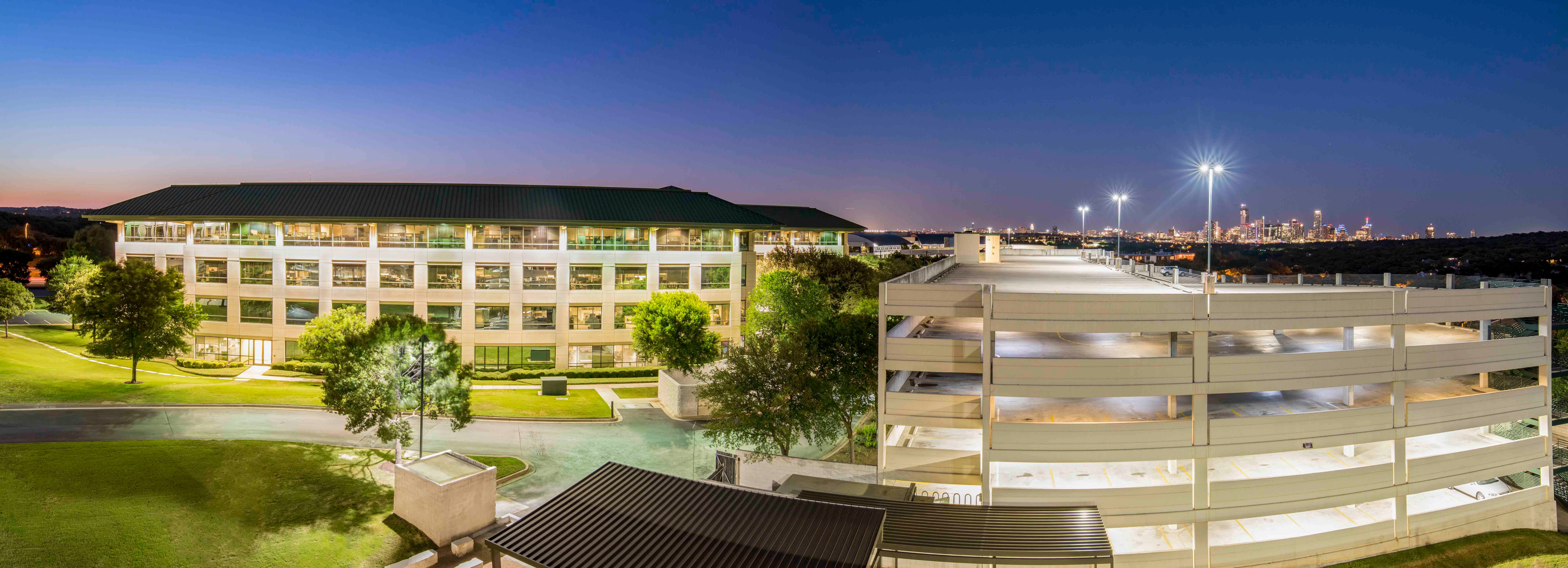 A freestanding Walgreens in the Bee Cave suburb was purchased by a 1031 exchange buyer.
A freestanding Walgreens in the Bee Cave suburb was purchased by a 1031 exchange buyer.
AUSTIN, TX—The net lease market continues to take center stage in Texas and the Bee Cave submarket has strong demographics and a projected population growth of 13.02% in the next five years. The two converging elements make for an interesting dynamic.
Case in point is a freestanding Walgreens within a 14,577-square-foot building that was recently purchased here by a 1031 exchange buyer at a 5.38% cap rate. The asset is located at 12200 Bee Cave Pkwy. and is adjacent to Hill Country Galleria–a shopping mall with more than 100 shops and restaurants.
Net lease broker Stan Johnson Company completed the sale. Tom Georges and Jon Cohen represented the seller, a California-based investor. In this exclusive, Chris Adams, associate director with Stan Johnson Company, recently discussed the trends in net lease investing, retail closures and key investors.
GlobeSt.com: What's the current state of the net lease investing market in Texas?
Adams: I see a very strong and stable market right now. Rising interest rates put pressure on pricing during 2018 that we haven't seen in the past few years, but the fundamentals of net lease investments and the Texas economy have been strong enough to keep cap rates within a historically low range. There's a lot of money in the market and lenders are still very active. We are experiencing increasing levels of quality new development, strong leasing fundamentals, and overall healthy economies in both primary and secondary Texas markets. There are a lot of encouraging signs.
GlobeSt.com: Who are the active investors in this sector and why are they attracted to Texas?
Adams: When you consider the strength and diversity of the local Texas economies, continued job growth, pro-business atmosphere and lack of a state income tax, there are few places that are able to attract capital as effectively as Texas. When I talk to investors located in Texas, the vast majority prefer to keep their investments here. When I talk to investors outside of Texas, the vast majority see the state as a desirable market to invest in. As in recent years, I still see a large number of 1031 exchange buyers coming in from other states. And while active funds and institutional buyers certainly target Texas, I feel like the private buyer pool really drives a lot of the impetus to invest here from other parts of the country.
GlobeSt.com: What trends will impact this market in the next 12 to 18 months?
Adams: The biggest things I see impacting this market are the interest rate environment and the level of continued business growth. If we see sustained job and wage growth as a result of business growth here locally, I expect we will continue to see strong levels of new development with plenty of capital to support it. We are starting to see creative new ideas for re-purposing space and saving large retail developments. That's also something to keep an eye on.
GlobeSt.com: How is a rash of store closures impacting the net lease retail investment market in Texas?
Adams: Store closings can impact how investors behave, but it's mostly specific to certain tenants or sectors within net lease. For example, there's certainly increased apprehension towards tenants that have strong or inevitable e-commerce competition going forward, but that's not a shock to anyone. This just increases demand for more resistant, service-based tenants such as fast food or childcare. The closures are relatively insignificant considering the size of the Texas net lease market. News on retail has been excessively negative, but within strong local economies, retail is doing much better than you may be led to believe.
© Touchpoint Markets, All Rights Reserved. Request academic re-use from www.copyright.com. All other uses, submit a request to [email protected]. For more inforrmation visit Asset & Logo Licensing.







